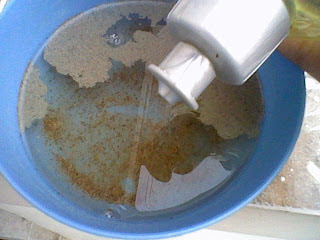You breathe in Oxygen and give CO2 out
Done by us with our Nose and by ant eaters with their snout
Respiration is not only about Inhalation and Exhalation
It's also about a process called Oxidation
Without Oxygen we can survive only for about a minute or two
It is the most essential thing required by you
Oxygen joins with Carbon in food when it is broken down
Be careful in the swimming pool otherwise you will drown
Then your brain cells will begin to die
and then to the world you will have to say good bye
The organ through which we breathe can also smell the pleasant smell of a rose
Yes! you guessed right it is our nose
Sometimes we breathe through our mouth
From where the air goes towards the south
Into a tube, in which, at the top is the pharynx
In the middle is the Larynx
And finally,the trachea at the bottom
Then finally your lungs come
The spongy, greyish pink bags in your chest
Filtering air they do the best
The tube like structure inside each of your lungs called the bronchus
Branches into smaller ones called bronchioles and the finally the Alveolus
From here the filtered oxygen goes to the Heart
And then the whole process begins again from the start!
Done by us with our Nose and by ant eaters with their snout
Respiration is not only about Inhalation and Exhalation
It's also about a process called Oxidation
Without Oxygen we can survive only for about a minute or two
It is the most essential thing required by you
Oxygen joins with Carbon in food when it is broken down
Be careful in the swimming pool otherwise you will drown
Then your brain cells will begin to die
and then to the world you will have to say good bye
The organ through which we breathe can also smell the pleasant smell of a rose
Yes! you guessed right it is our nose
Sometimes we breathe through our mouth
From where the air goes towards the south
Into a tube, in which, at the top is the pharynx
In the middle is the Larynx
And finally,the trachea at the bottom
Then finally your lungs come
The spongy, greyish pink bags in your chest
Filtering air they do the best
The tube like structure inside each of your lungs called the bronchus
Branches into smaller ones called bronchioles and the finally the Alveolus
From here the filtered oxygen goes to the Heart
And then the whole process begins again from the start!














.jpg)
.jpg)


.jpg)